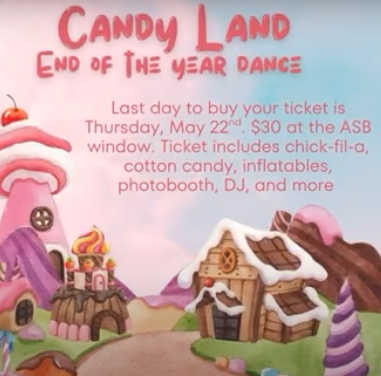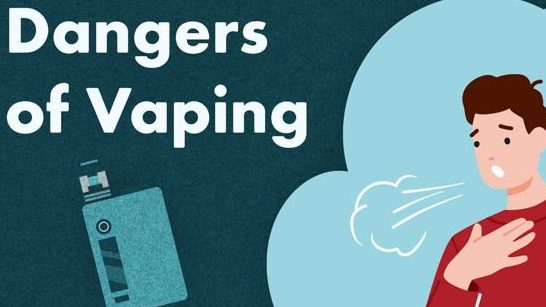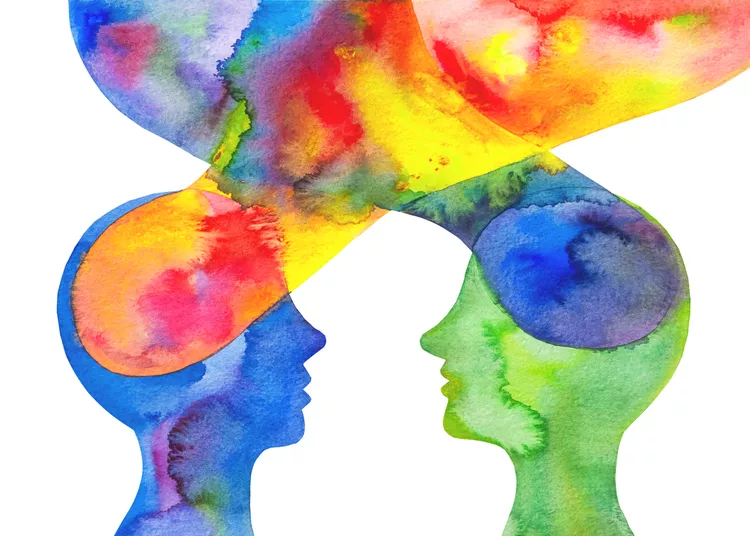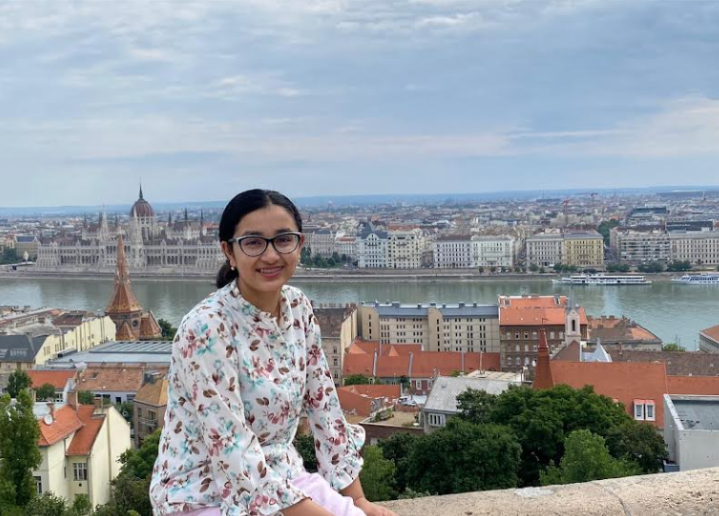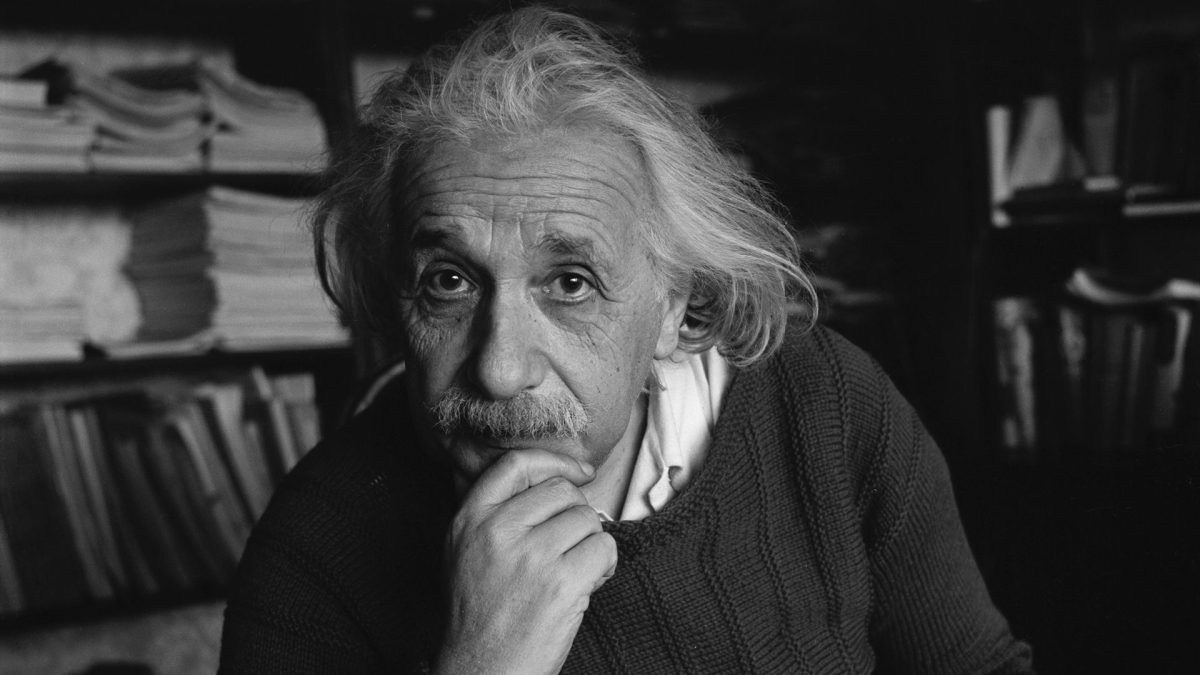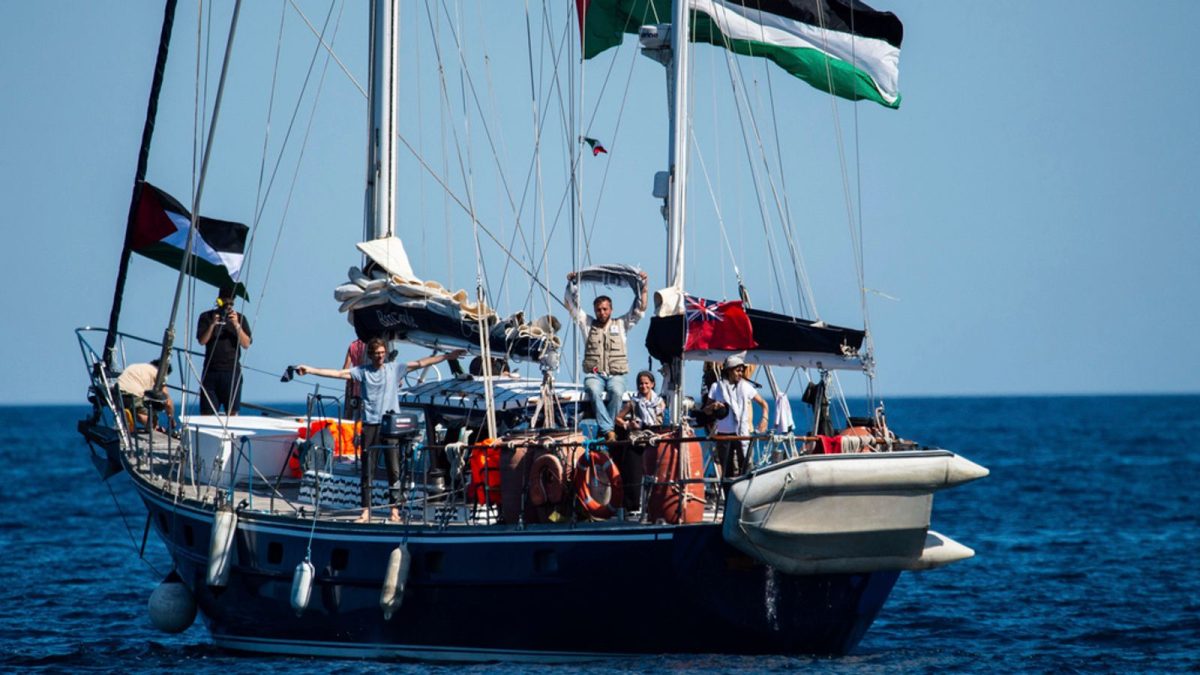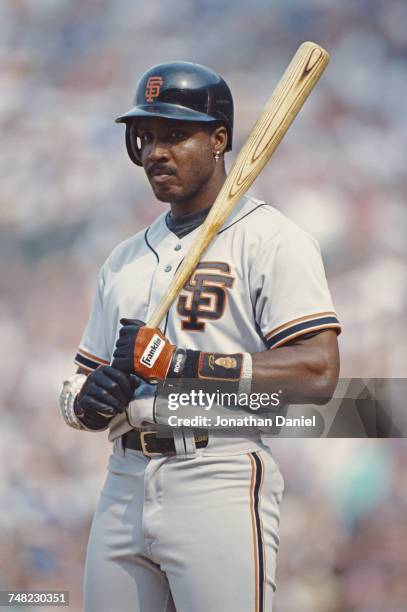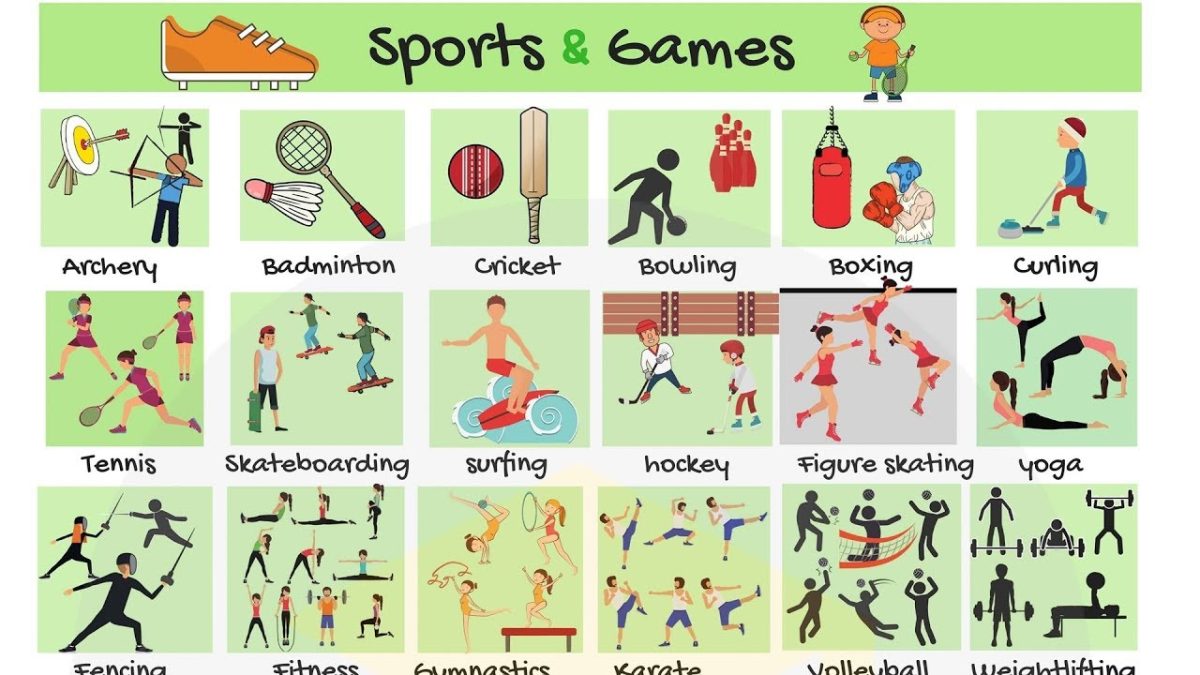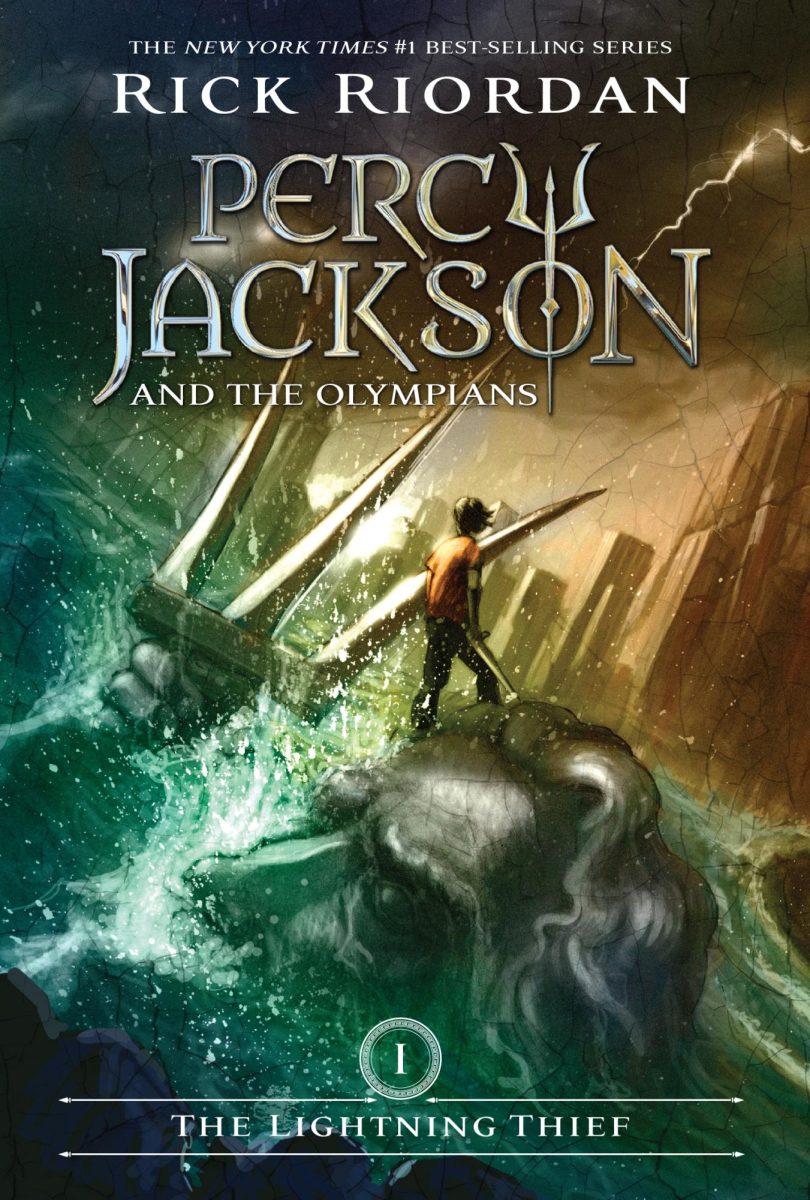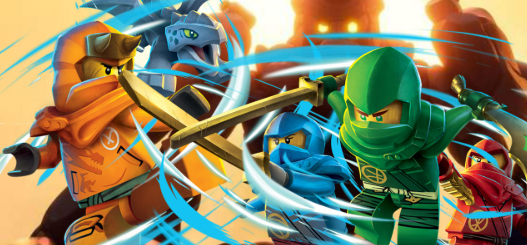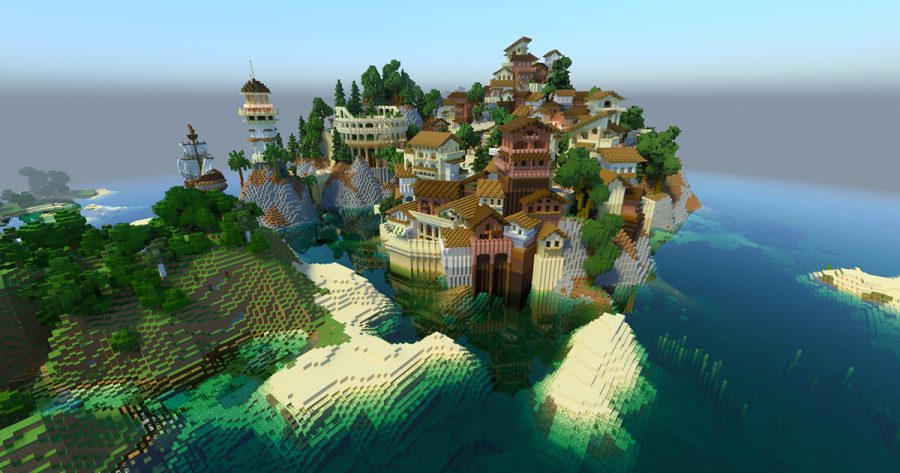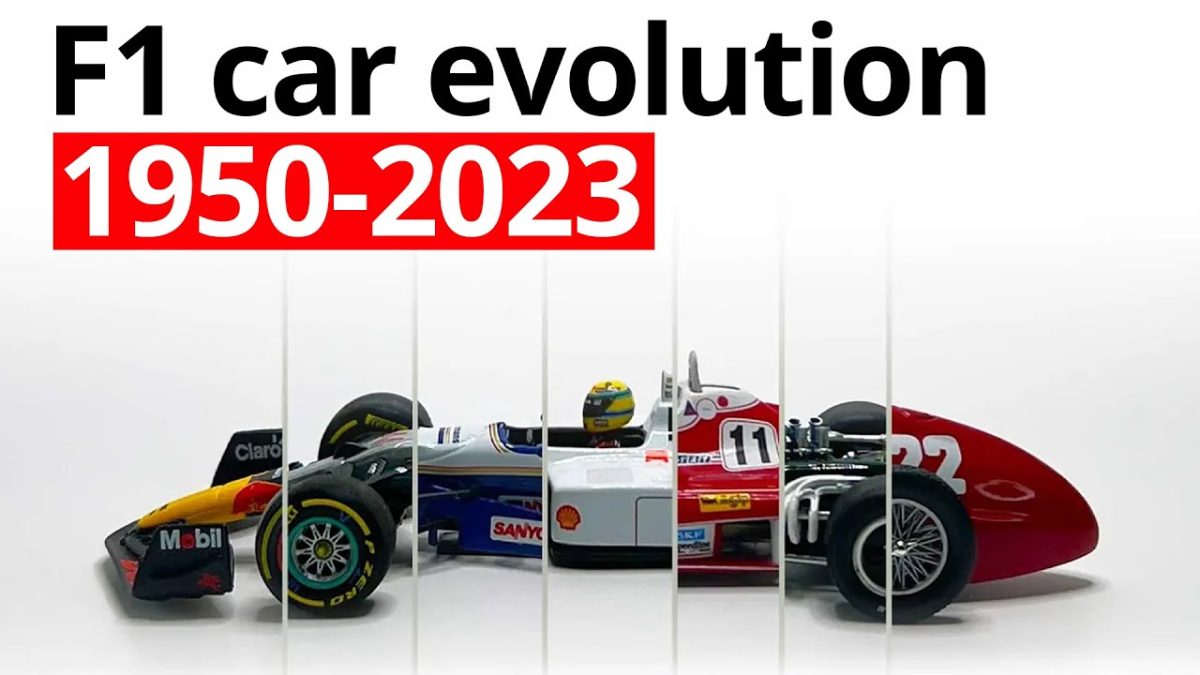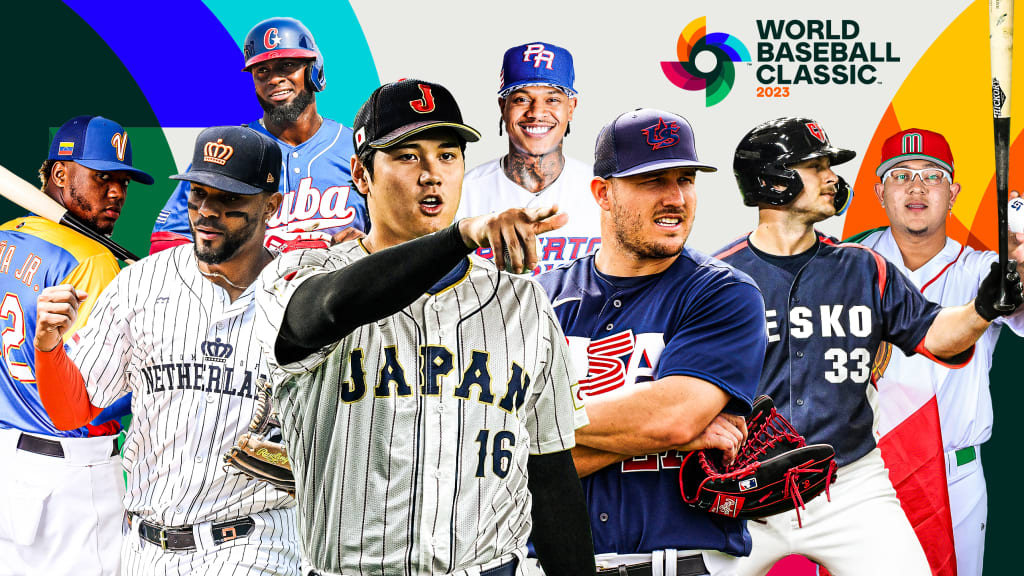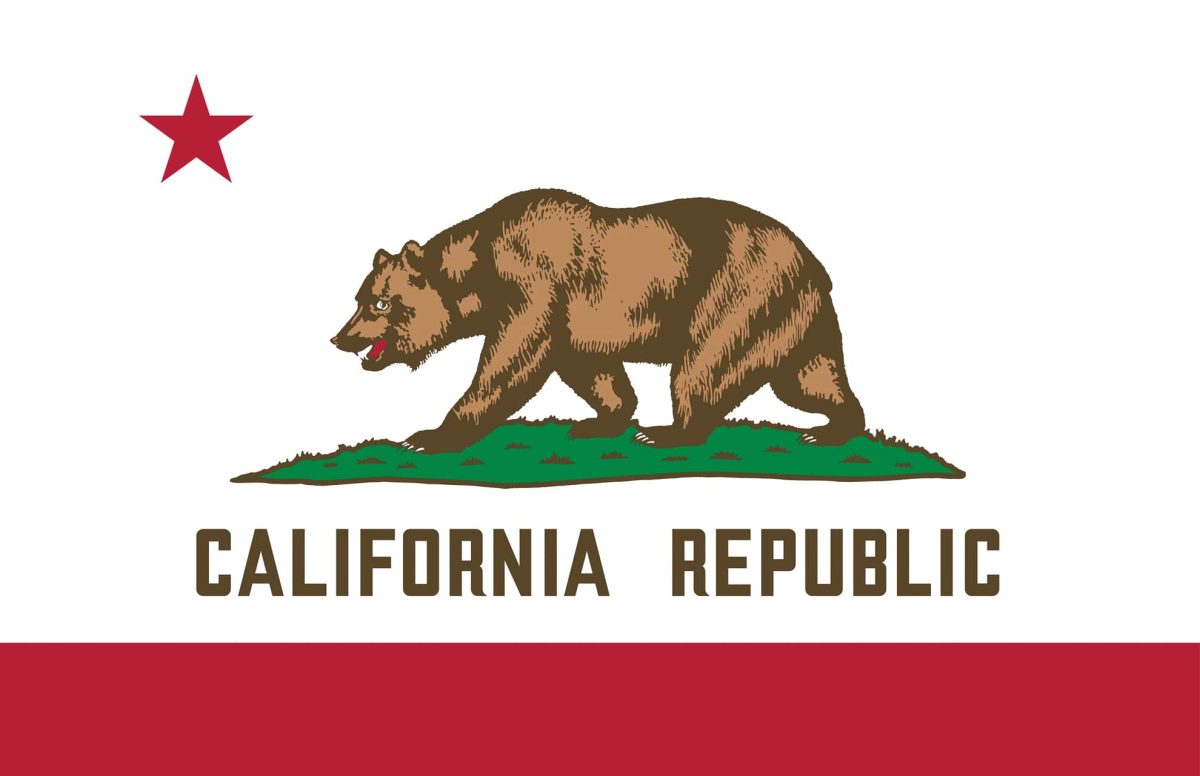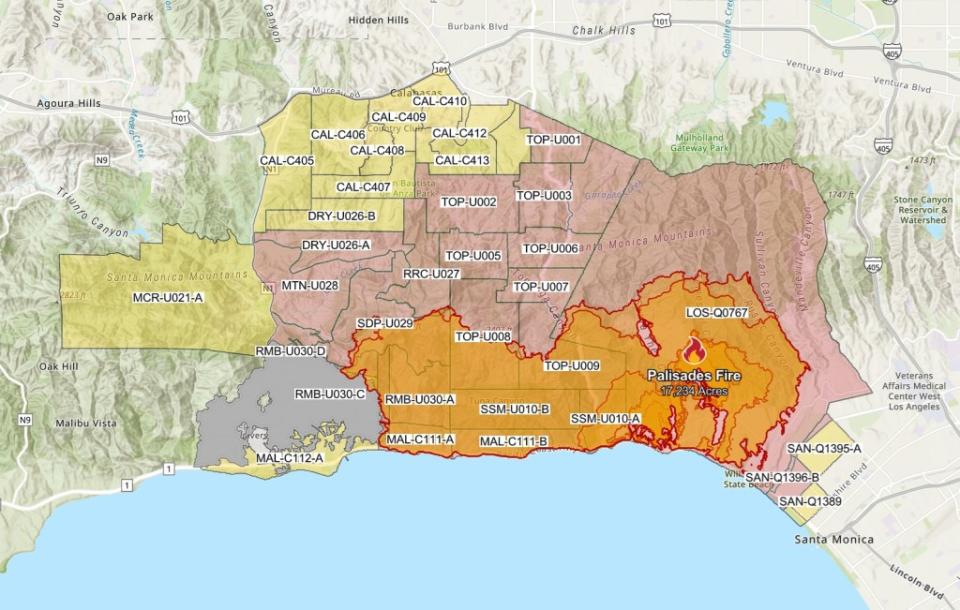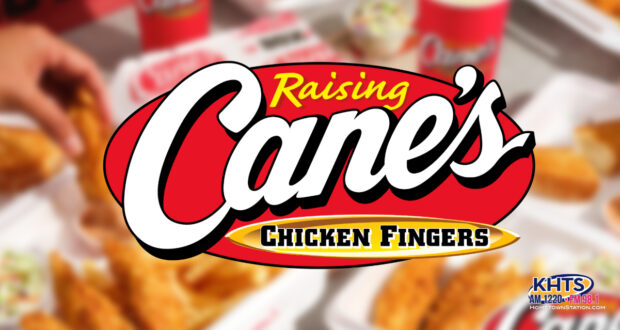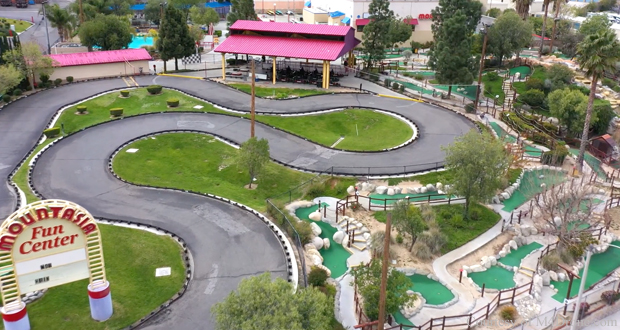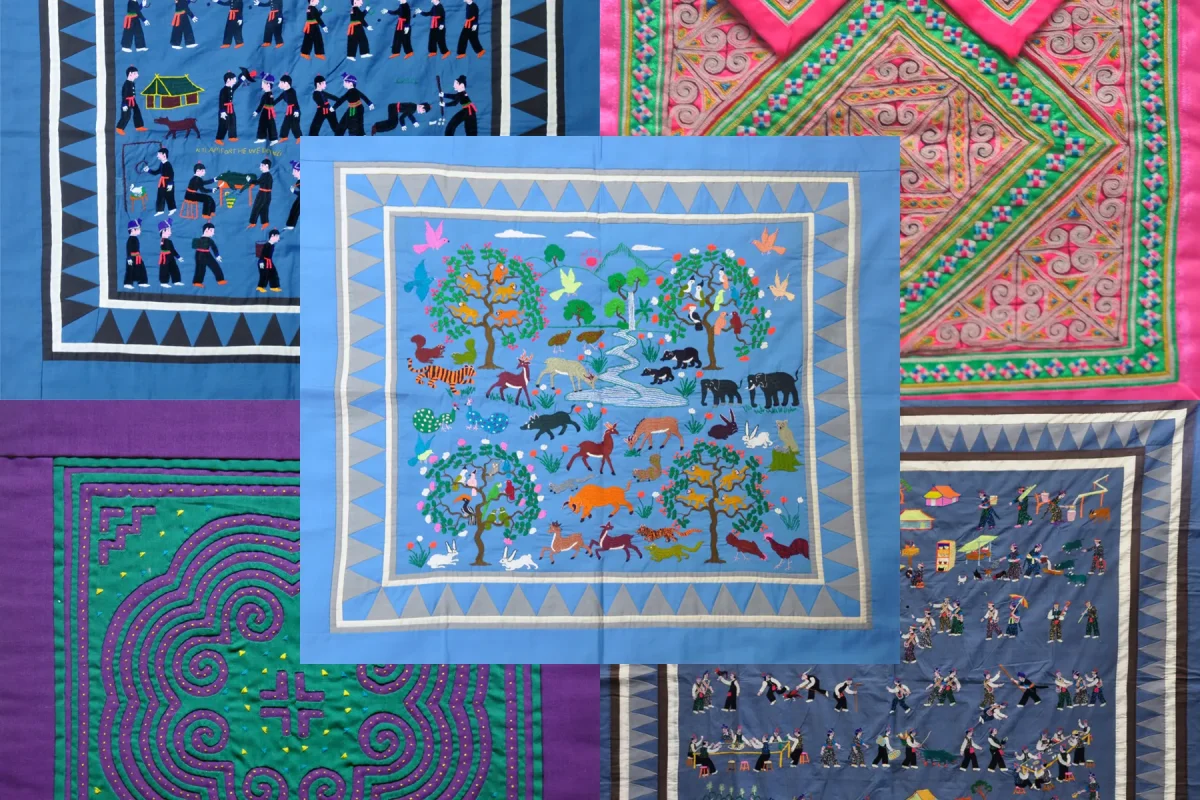When you first hear about the culture “Hmong” (pronounced like “mong”), the first thing that probably comes to mind is “Mongolian” or “Monk.” But that’s not quite it; the Hmong are an ethnic group from East and Southeast Asia.
The Hmong migrated from Southern China in the ninth century to the mountainous areas of Laos, Vietnam, and Thailand. During the Vietnam War, the Hmong worked with the American CIA in the “secret war” in Laos and were forced to flee their homeland after the victory of the communists. After spending time in refugee camps in Thailand, many Hmong resettled in a third country, including Australia, France, Canada, Germany, and the United States. Most Hmong people live in California, Minnesota, and Wisconsin.
In the Hmong culture, there lots of traditions that most western families follow, like weddings, religious rituals, and so on. Hmong weddings are taken seriously within the Hmong community and typically take two days and one night to complete. Instead of focusing on the bride and groom, Hmong weddings are about uniting the two families. Families must come to an understanding and know that their side of the family will be loved and cared for. In Hmong weddings, the bride has no say in what goes on during the wedding process. Most of the traditions and values revolve around the groom. The Hmong community takes marriages between two people with the same last name very seriously. This is prohibited because of the shame that would be brought upon the two families. Women enter into marriage through mutual agreement or by force. Women can easily leave with the man during the night and be taken to the home of the man. The man must send relatives over to her family to arrange for marriage. After the bride and groom reach the doorstep, they are greeted with a rooster which is then waved in a circular motion over the bride and groom’s heads to cast away bad luck and omens.
As the story goes, the Hmong believe that the Dab Pog couple brings children to their parents. When a child has grown up and marries, the Dab Pog couple is believed to visit the bride to bless her on her wedding day.
It is part of the Hmong custom that the bride’s family pack the groom’s family a lunch consisting of two cooked chickens, some rice, and beverages. At the halfway mark, the wedding party must stop for lunch to announce the wedding to the Dab Pog couple. The Dab Pog couple will bless the wedding and the road for a safe trip home.
At weddings, the groom and his best man must make a vow and do it freely and from their heart. He must vow to the sky and to the earth that he will promise to love the bride and do what he has promised. The groom must pay his respects and offer the mother and father of the bride a dowry. This is a tradition that is still practiced today at traditional Hmong weddings.
The Hmong wear some of the most incredible clothes of all ethnic groups and can be identified by their rich indigo-

dyed hemp jackets and exquisitely embroidered belts and collars. The designs on their clothes resemble agriculture, family histories, and animist mysticism, such as stars, trees, and rice terraces; these outfits are precisely stitched in silk with pinpoint precision. The embroidery is deeply rooted in the culture of the Hmong.
Every year in December, there is something called Hmong New Year. It is an event that is held in Fresno, Wisconsin, Washington, etc. This event is to honor Hmong history, meet future soulmates, and celebrate the new upcoming year. This event holds cultural dances, a bunch of shops, a thing called “Pov Pob”, and so on. The biggest Hmong New Year event is held in Fresno; over 100,000 people come each year. Many people find themselves asking, “What is Pov Pob?” Well, Pov Pob is a traditional Hmong courtship where young people play a ball-tossing game, with the boy tossing a tennis ball to the girl they like. This game is for the boy and the girl to chit-chat, get to know each other, and exchange numbers. Nowadays, at the Hmong New Year, most people do it for fun, or with their family.
In the end, Hmong culture is a beautiful ethnic group. The traditions, clothing, events, and history are such a beautiful process to learn about. This culture is getting both bigger and better each day.

